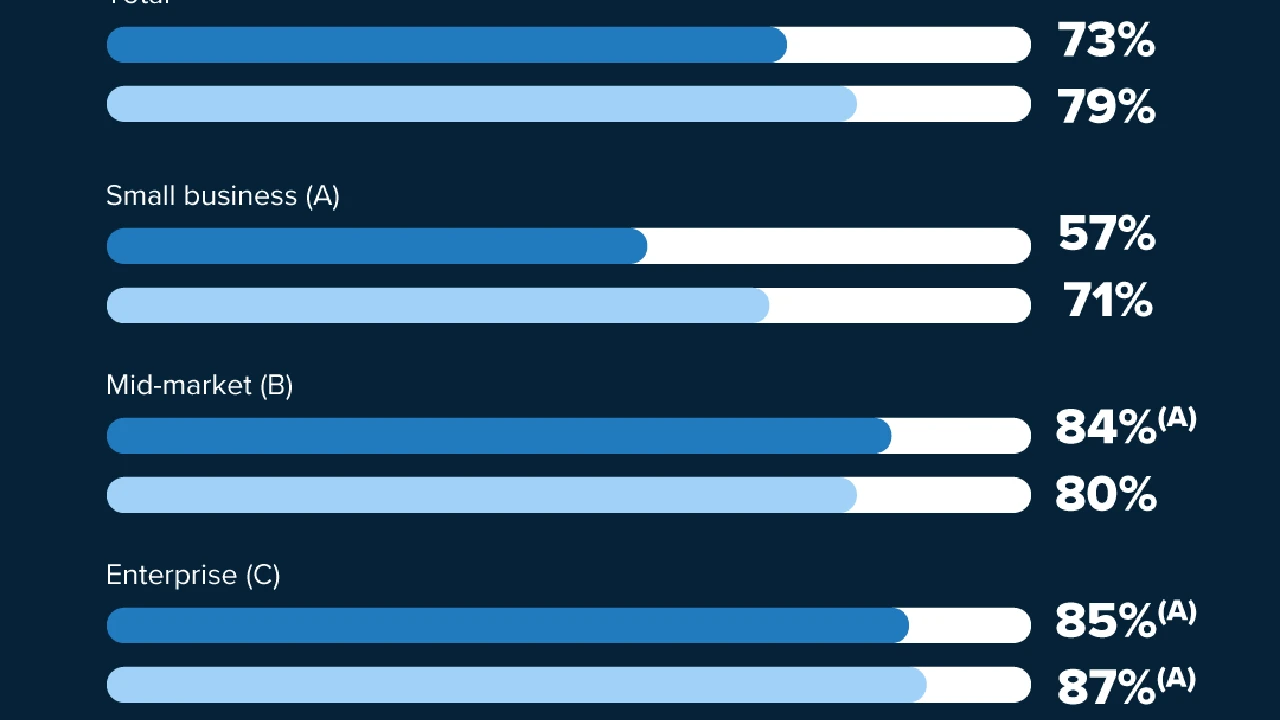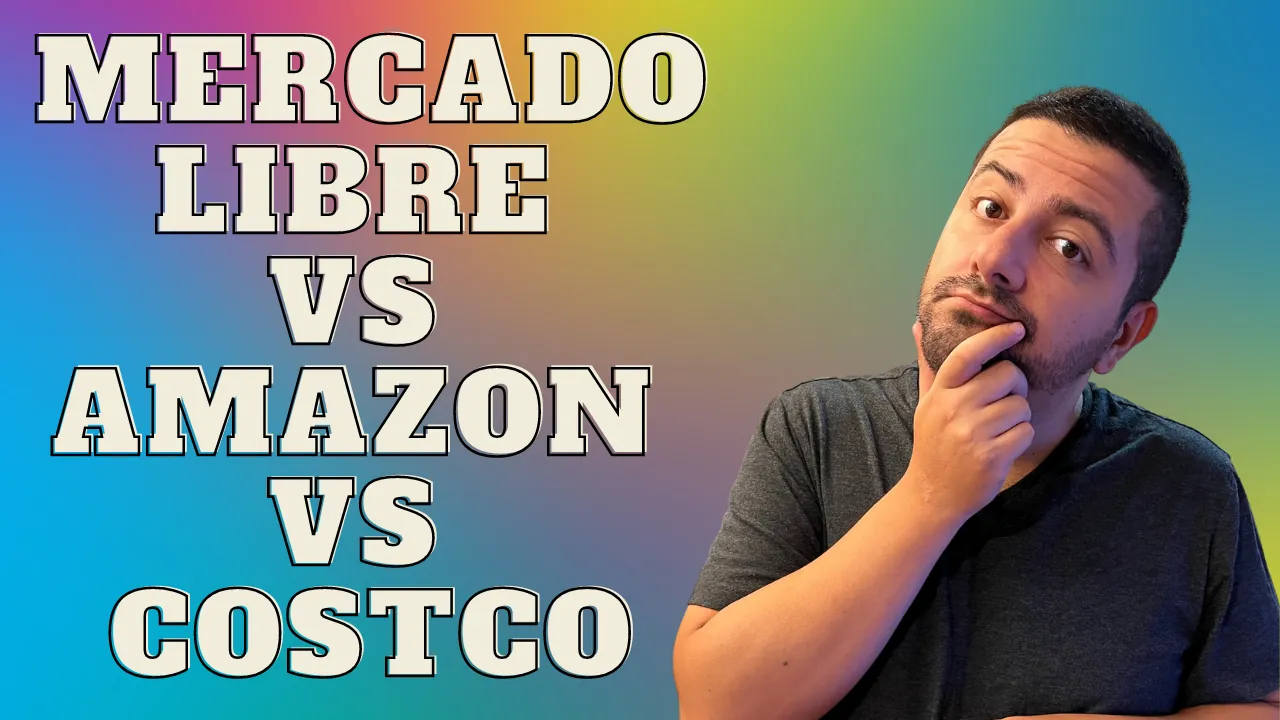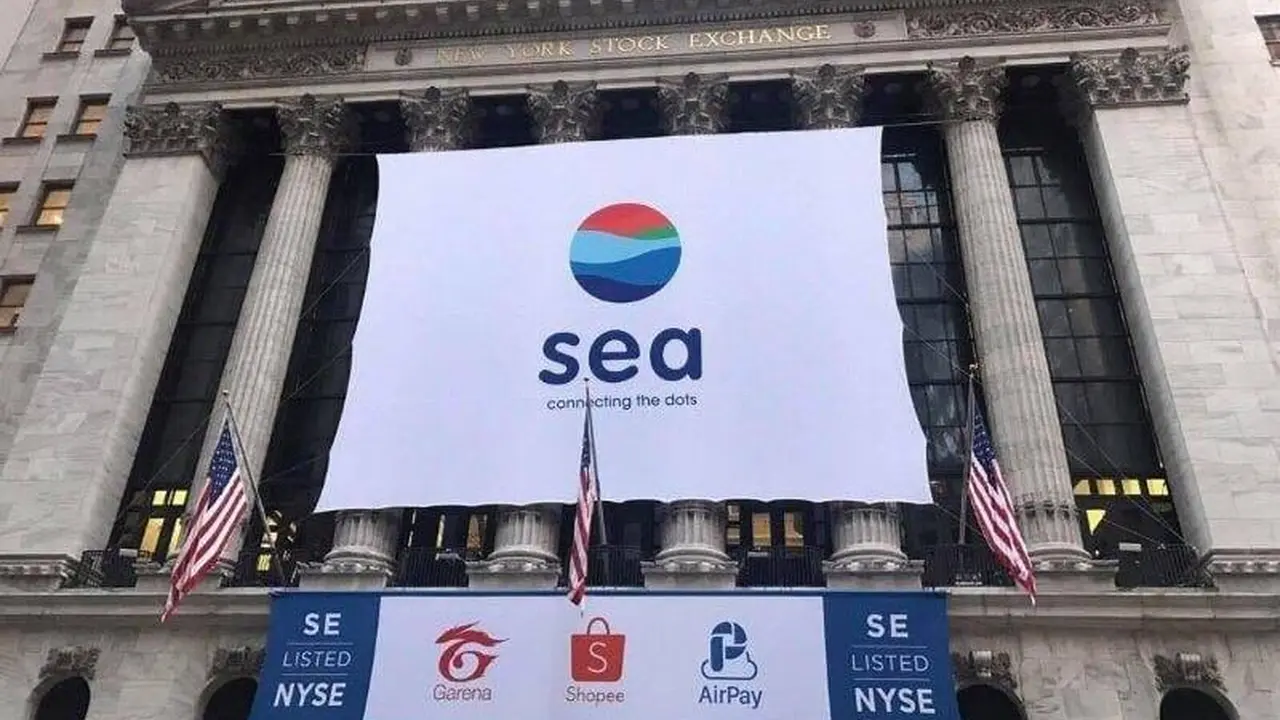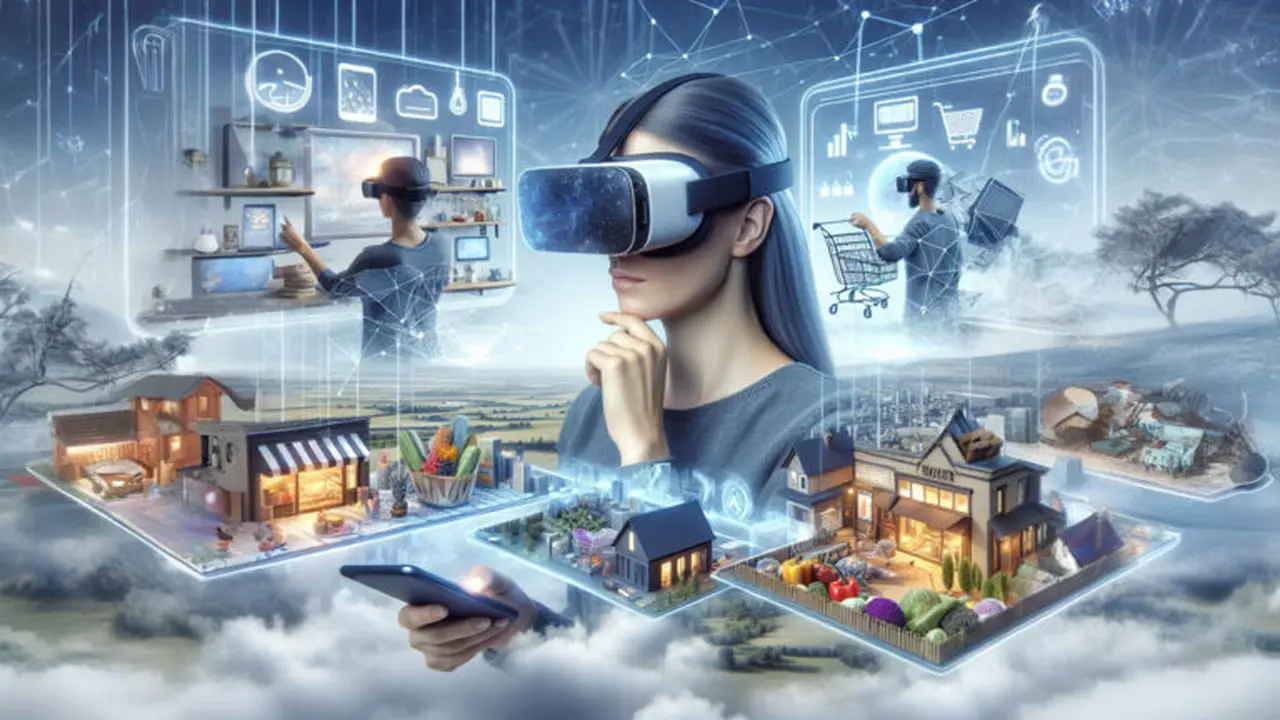Social Commerce Boom: How SEA & Mexico are Leading the Way
Sample meta description.

The Rise of Social Commerce E-commerce Trends in Southeast Asia & Mexico
Okay, so picture this: you're scrolling through Instagram, and bam! You see a killer dress. You tap on it, buy it right then and there, and it's delivered to your door a few days later. That's social commerce in a nutshell, and it's absolutely exploding in Southeast Asia (SEA) and Mexico. Why? Well, a bunch of factors are fueling this fire, and we're diving deep into them.
First off, these regions are mobile-first. Everyone's got a smartphone, and they're practically glued to it. Social media usage is through the roof, and people are super comfortable buying things online. Plus, there's a strong sense of community and trust within these social networks, making it easier for brands to connect with potential customers.
Key Drivers Behind the Social Commerce Explosion in SEA & Mexico - Mobile First Consumers
Let's break down the key drivers a bit more. Mobile penetration is HUGE. Think about it: in many parts of SEA and Mexico, smartphones are the primary (or only) way people access the internet. This means that social media platforms are essentially the new storefronts. And because these platforms are designed to be engaging and interactive, they create a natural environment for commerce.
Another big factor is the influencer culture. People trust recommendations from their favorite influencers, and brands are capitalizing on this by partnering with them to promote their products. It's a powerful combination that drives sales and builds brand awareness.
Popular Social Commerce Platforms in SEA & Mexico - Facebook Instagram TikTok
So, which platforms are leading the charge? Facebook and Instagram are definitely major players. They offer a range of features that make it easy for businesses to sell their products, from shoppable posts to integrated payment systems. But don't count out TikTok! It's rapidly becoming a social commerce powerhouse, especially among younger consumers. Its short-form video format is perfect for showcasing products in a fun and engaging way.
Product Recommendations and Usage Scenarios - Clothing Accessories Beauty Products
Alright, let's get to the good stuff: product recommendations! Here are a few examples of products that are killing it in the social commerce space in SEA & Mexico, along with how they're being used and sold:
Clothing & Accessories: The Perfect Outfit for Your Next Zoom Meeting
Imagine seeing an influencer rocking a stylish outfit on Instagram. The post is tagged with links to the clothing items, and you can buy the whole look with just a few clicks. Brands like Love, Bonito (Singapore) and Shein (China, but with a massive presence in SEA & Mexico) are dominating this space. They offer trendy, affordable clothing that's perfect for the social media generation. A specific example: A linen dress from Love, Bonito, retailing for around $50 USD, perfect for a hot day in Mexico City and seamlessly transitioning to a Zoom call. It's marketed through influencer collaborations showing different ways to style the dress, emphasizing comfort and versatility.
Beauty Products: Get the Look With This Simple Tutorial
Beauty brands are thriving on social commerce by creating engaging video tutorials that showcase their products. Think makeup tutorials on TikTok or skincare routines on Instagram. Brands like BLK Cosmetics (Philippines) and Natura (Brazil, but popular in Mexico) are using this strategy to great effect. Consider a BLK Cosmetics multi-use tint, selling for approximately $15 USD. Its marketing focuses on creating a natural, "no makeup" makeup look, showcased through short, easy-to-follow video tutorials on TikTok. The product is positioned as affordable, versatile, and perfect for everyday use.
Handicrafts and Local Artisan Products: Supporting Local Businesses
Social commerce also provides an incredible platform for local artisans and small businesses to reach a wider audience. Platforms like Facebook Marketplace and Instagram Shops allow them to showcase their unique products and connect with customers directly. Imagine finding a beautifully handcrafted bag from a weaver in Oaxaca, Mexico, or a piece of jewelry made by a silversmith in Bali, Indonesia. These products often have a story to tell, and social media is the perfect place to share it. A handwoven tote bag from Oaxaca, Mexico, might retail for around $40 USD. Its marketing emphasizes the traditional weaving techniques, the sustainable materials used, and the positive impact on the local community.
Product Comparisons - Budget vs Premium Options
Let's talk comparisons. When it comes to beauty products, for example, you might see a comparison between a budget-friendly mascara from a local brand and a high-end mascara from an international brand. The comparison might focus on factors like price, performance, ingredients, and packaging. This helps consumers make informed decisions based on their individual needs and preferences.
Consider the example of a local Indonesian coffee brand versus a popular international chain. The local brand might emphasize the unique flavor profile of Indonesian coffee beans, the traditional roasting methods used, and the support they provide to local farmers. The international chain, on the other hand, might focus on its consistent quality, wide availability, and convenient locations. The price point will also be a major factor, with the local brand typically being more affordable.
Pricing and Value Proposition - Understanding Consumer Expectations
Pricing is, of course, a crucial factor in social commerce. Consumers in SEA and Mexico are generally price-sensitive, so brands need to offer competitive pricing and demonstrate the value of their products. This might involve offering discounts, promotions, or bundled deals. It's also important to be transparent about pricing and shipping costs to avoid any surprises.
The value proposition is key. Why should someone buy your product over a competitor's? What problem does it solve? What benefits does it offer? These are the questions that brands need to answer effectively in their social media marketing.
The Future of Social Commerce in SEA & Mexico - Live Streaming AR VR
So, what's next for social commerce in SEA & Mexico? We're likely to see even more innovation in this space. Live streaming commerce is already gaining traction, allowing brands to interact with customers in real-time and showcase their products in a dynamic way. Augmented reality (AR) and virtual reality (VR) could also play a bigger role in the future, allowing consumers to virtually try on clothes or test out furniture before they buy it.
The key takeaway is that social commerce is not just a trend; it's a fundamental shift in the way people shop. And SEA & Mexico are at the forefront of this revolution. So, if you're a brand looking to expand into these markets, you need to embrace social commerce and figure out how to connect with consumers on their terms.
:max_bytes(150000):strip_icc()/277019-baked-pork-chops-with-cream-of-mushroom-soup-DDMFS-beauty-4x3-BG-7505-5762b731cf30447d9cbbbbbf387beafa.jpg)






